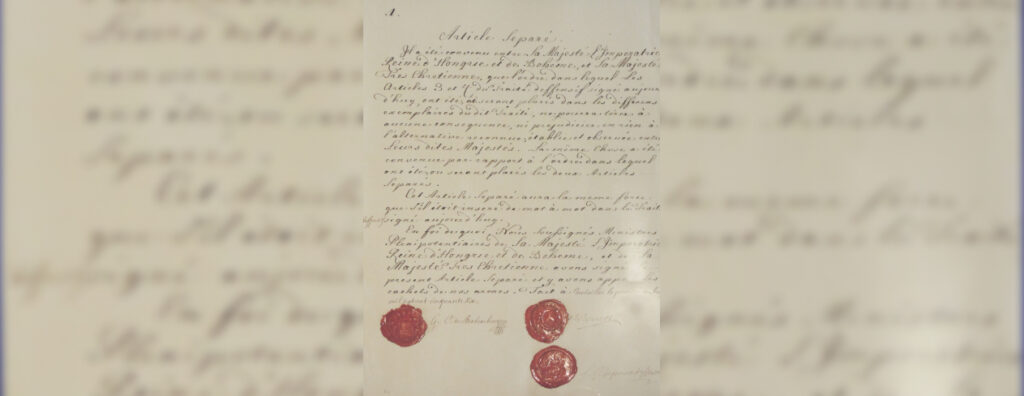
As a general rule, in the 18th century, military campaigns were paused for the winter season. Supplying the fighting troops would have been too complicated, considering the insufficient road network, often impassable when raining or snowing, and the poor level of transportation and logistics. After the Prussian invasion of Saxony in autumn 1756, the annual […]
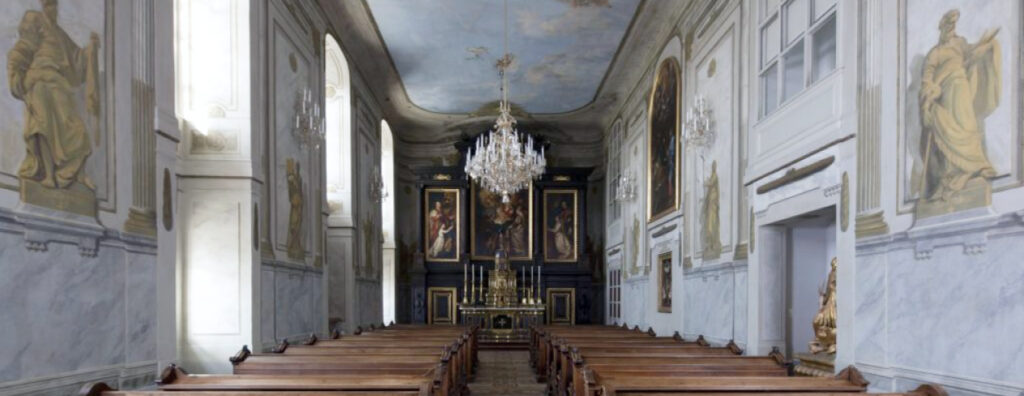
In addition to the Court Chapel, another three chapels could be found in Hofburg. Josephskapelle or St Joseph’s chapel (also called Kammerkapelle or the chamber chapel) was situated in the Leopoldine wing to the north-west. Today, the office of the Federal President of Austria occupies this wing; the rooms there are not open to the […]
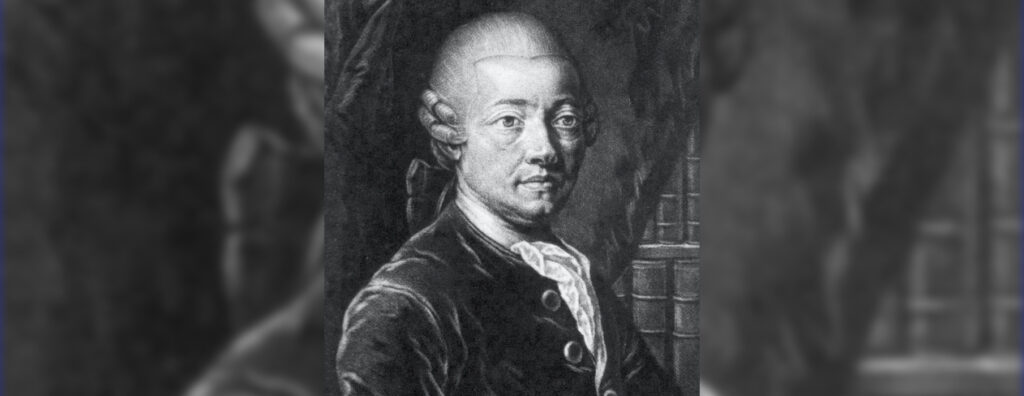
For young Anton von Störck (1731-1803), the prospect of life was anything but promising. He was made an orphan early on and had to live in a poorhouse in Vienna on the alms of the community. Despite this Dickensian childhood, he was able to educate himself and study medicine at the University of Vienna under […]
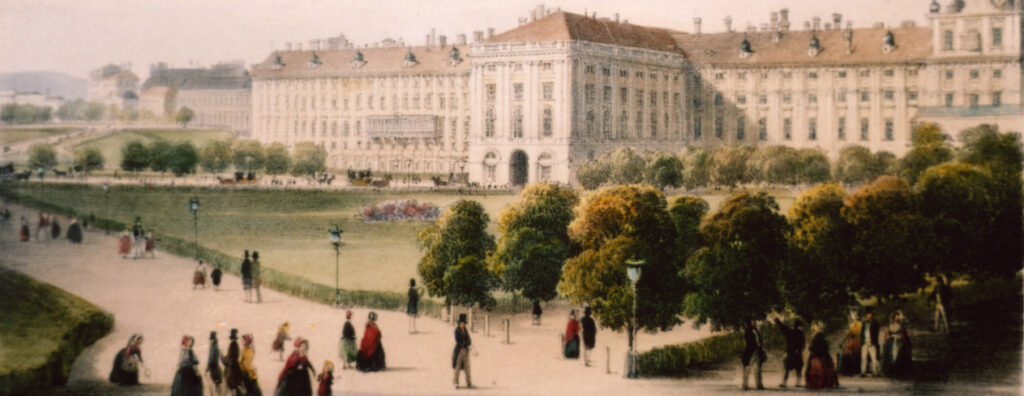
In the 18th century, the Innere Stadt, or the historical core of the city, was surrounded with bastions – massive soil embankments as the basis of the fortifications. The medieval city wall still existed and limited the free area even more. This is why the palace garden was rather modest, incomparable with the magnificent park […]
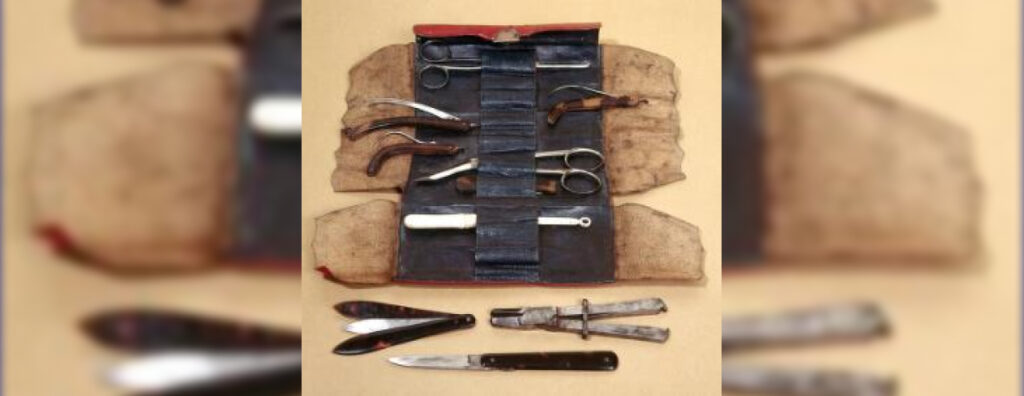
In the autopsy report of Princess Schwarzenberg, only indirect information mediated severalfold by secondary sources has been available to me. Luckily, the basic knowledge that she suffered from an abdominal tumour “the size of a child’s head” is beyond doubt. This was very likely the main reason for her long illness and, ultimately, her death. […]
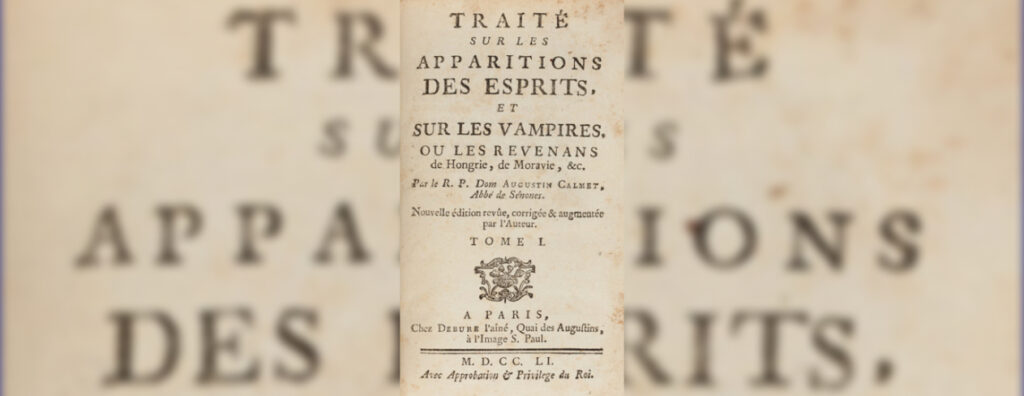
First published in Paris in 1752, Traité is the fruit of thorough scholarly research, worth reading even today. In Chapter XLV, the living-dead Henry Count of Salm, buried in the Abbey of Haute-Seille, caught my attention; I remembered the Habsburgs having been distantly connected with his family. Beginning with Christina of Salm (1575–1627), Marianne’s great-great-great-grandmother, […]
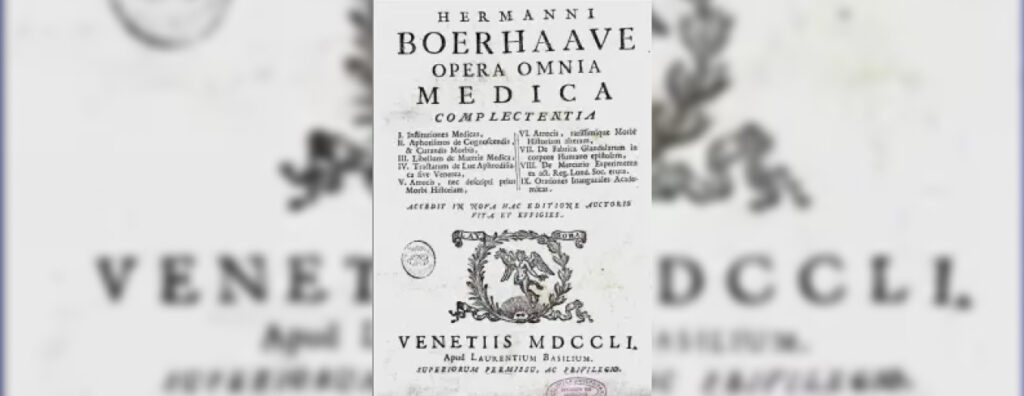
Iatromechanics was an empirical and experimental concept of pathological teaching, considered innovative in the 18th century. The Iatromechanicers described the human body as a machine which could be analysed using mathematics and physics. At the bedside, they noted the symptoms and considered, if relevant, external evidence as shown by urine and blood, then explained them […]
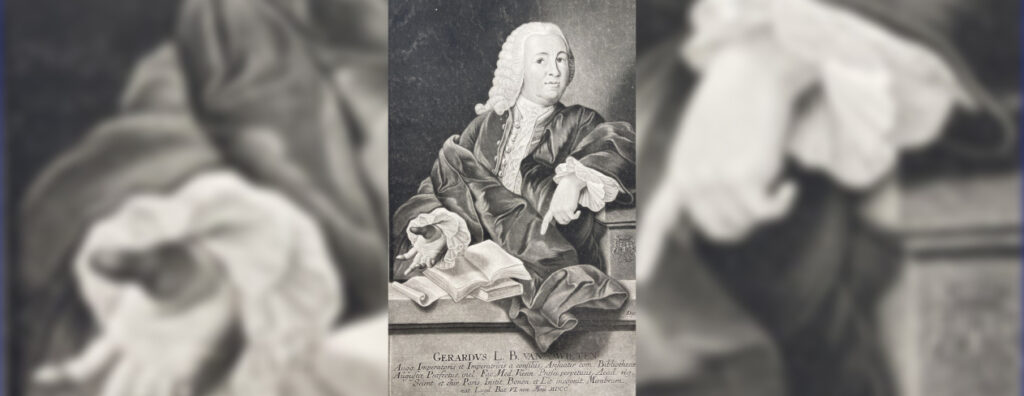
Gerard van Swieten (1700–1772) was one of the most important advisors of the Empress. He is especially known as the moderniser of academic medical education in Vienna, yet his range of expertise far transcended his specific field. He rearranged public health care and education, headed the Imperial library and loosened the censorship rules. Since the […]
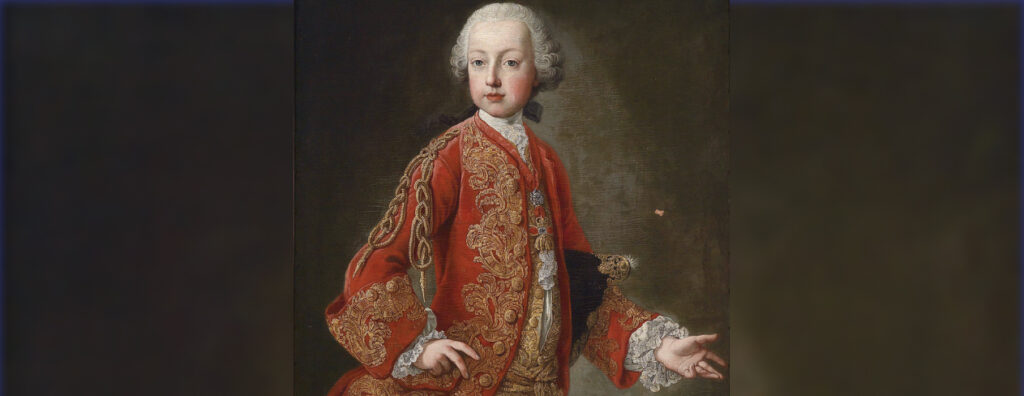
Marianne’s relationship with her brother Joseph (born 1741) had been full of veiled tension since their childhood. As the eldest Imperial son and daughter, they were both smart and studious, though with her higher intelligence and brilliant memory, Marianne outperformed her brother in school lessons. Both were ambitious and somewhat arrogant, especially Joseph, who, as […]
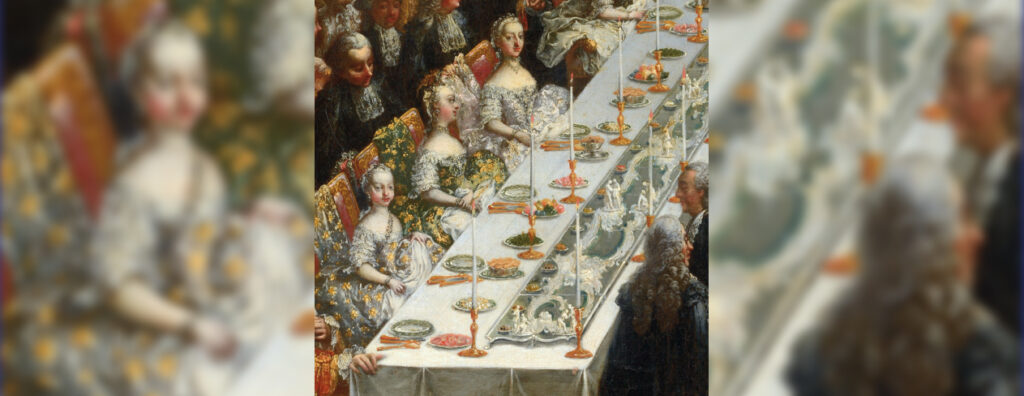
Dinners and suppers formed an important part of the daily routine and required approximately one-fifth to a quarter of the annual courtly budget. They could vary largely according to their publicity. On official or religious occasions, great stately galas were held, where the Imperial couple dined publicly in the Rittersaal (the Knight’s Hall) in the […]










